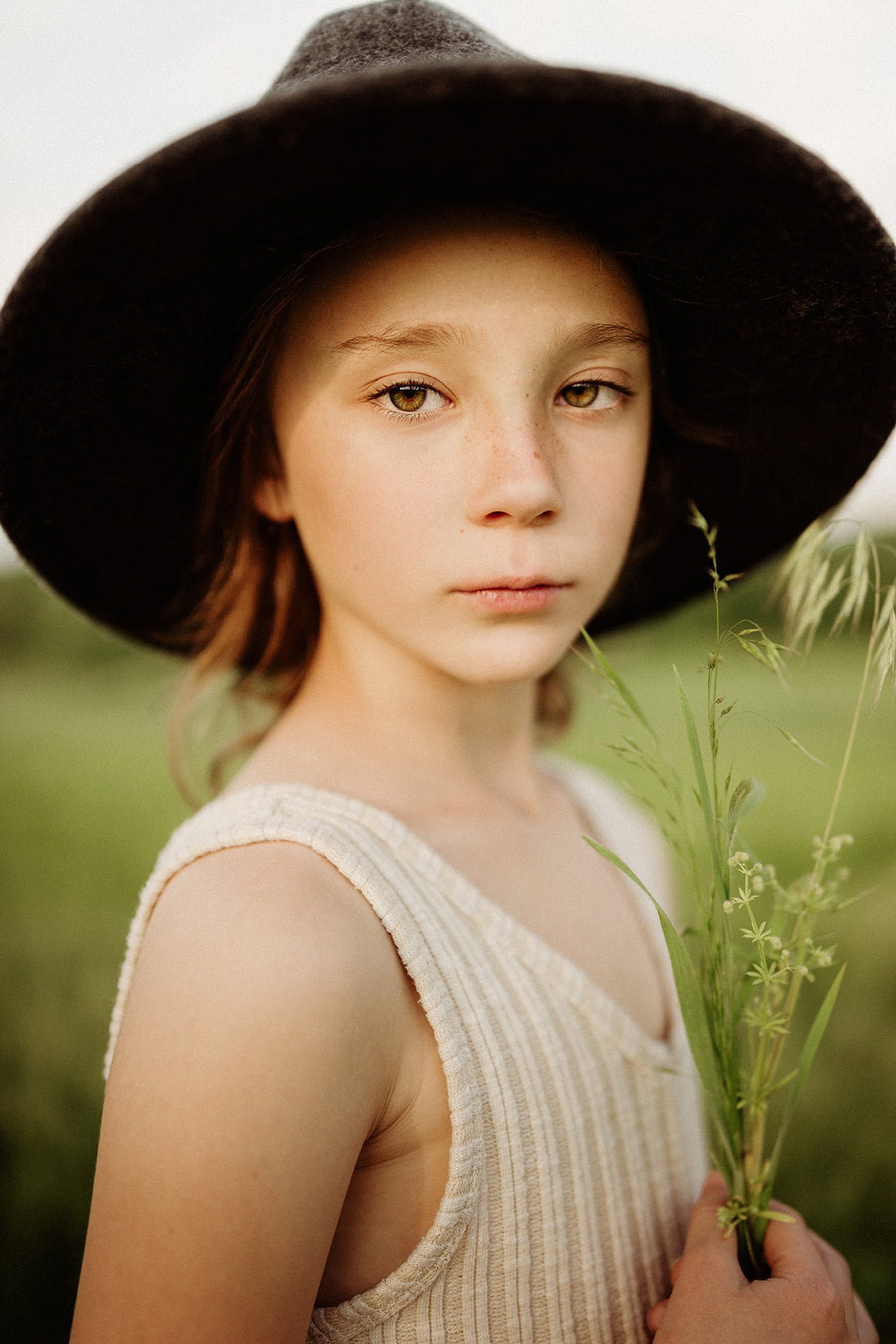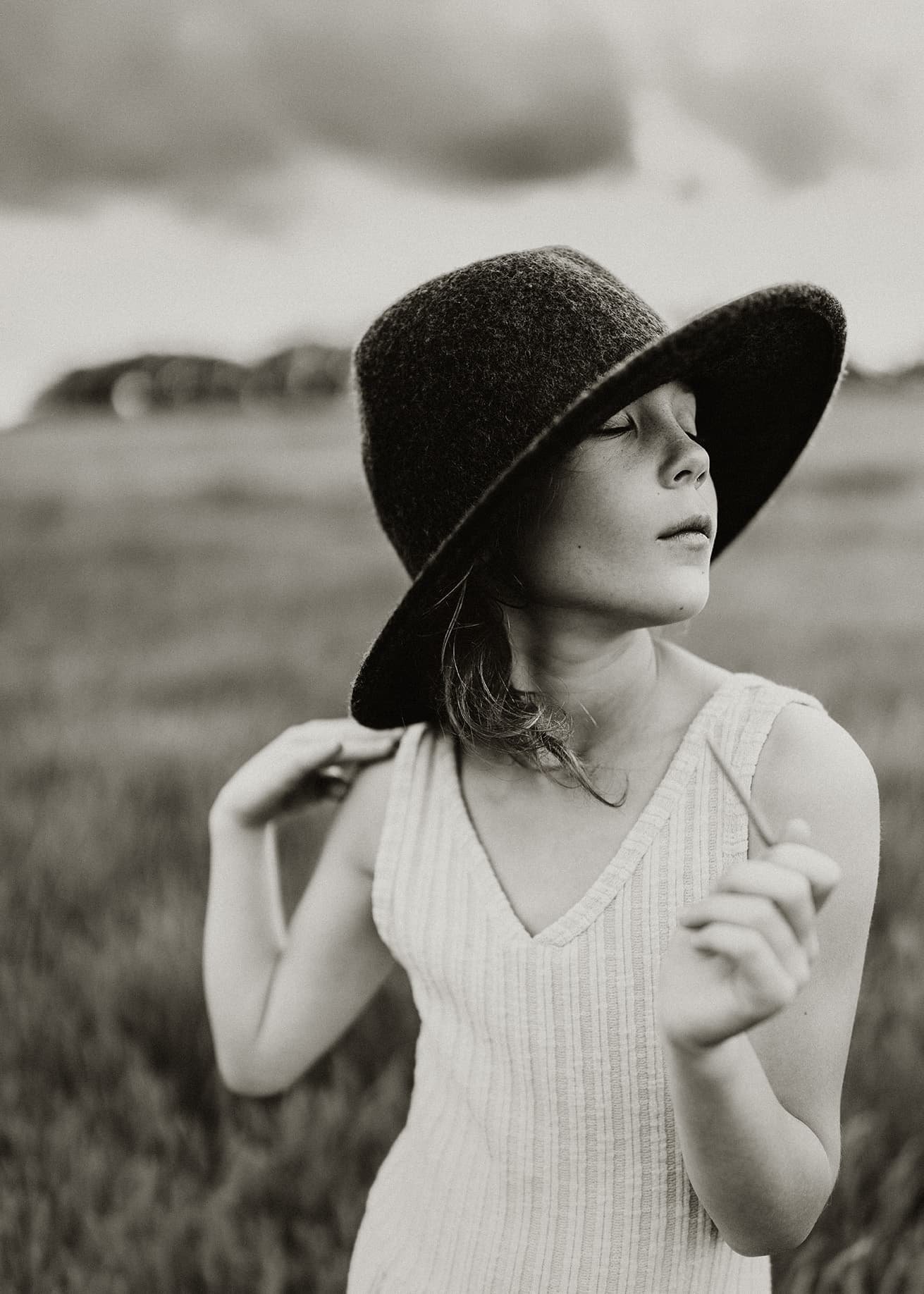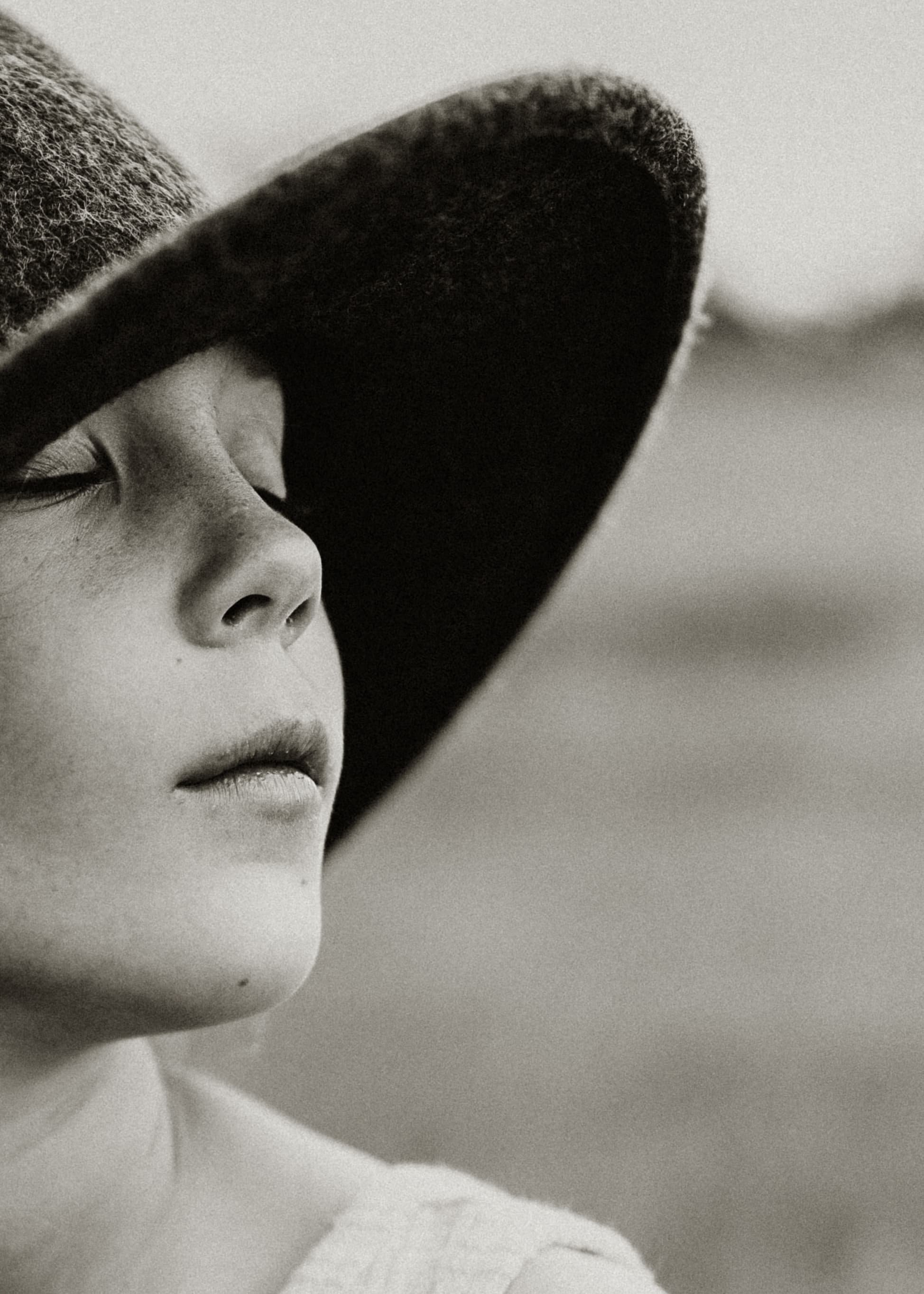A Client's Guide to Grain vs. Pixelization
High-quality prints need a high-resolution file.
Why Do My Images Look Fuzzy?
Online photo galleries make image delivery and print sales a breeze for clients and photographers; however, these simple distribution systems can cause a few problems.
One of the problems — accidentally downloading low-resolution files instead of high-resolution files — can be easily fixed.
Here’s a peek at the download system in Pic-Time. It’s very straightforward, but sometimes clients select the wrong option for their needs.
The gallery app I use, Pic-Time, has an easy-to-use download system. Still, if clients accidentally select the incorrect option (or need help understanding which option is best for their needs), it can turn even the best image into a pixelated mess.
Low-Resolution & High-Resolution Explained
Most digital images are composed of tiny squares of color called pixels. When you zoom in on an image, pixels – or picture elements – are the fundamental visual component of a digital image. The more pixels, the higher the resolution.
Resolution is the amount of detail an image holds.
I size all my screen resolution images at 72 PPI (or pixels per inch) and all my print images at 300 DPI (dots per inch). (PPI and DPI are different. One applies to digital screens, and one applies to print, but for the sake of this article, know that 1 DPI = 1 PPI).
To simplify: To print an image, you need to select high-resolution. If you're using photos for social media or on a website, choose low-resolution.
Why do we shrink files for screens?
Although technology is rapidly changing, most monitors are 72 PPI. An image above that resolution has wasted file information, meaning the viewer is looking at (and the site is rendering) a larger digital photo without added visual benefit, which can seriously slow down websites and apps.
To prevent sluggish load times, photographers typically shrink file sizes for images used on monitors.
This is great until it isn't.
Unfortunately, most clients need help understanding DPI, PPI, and resolution. Sure, they might have heard terms like hi-res and lo-res, but does anyone outside the industry know what that means and how it affects photos?
Why does pixelation happen?
Low resolution causes pixelation.
Pixelation is the term used to describe blurry images made up of single-colored/single-valued blocky squares (otherwise known as pixels). When you increase an image's size (i.e., from a 4 x 5 to an 8 x 10), the pixels don't grow in quantity. They get larger. Pixelization can cause a loss of image detail and produce the blocky pixelized effect we all hate.
However, the more pixels an image has, the sharper it will be.
Common mistakes that can cause poor-quality images include:
Printing and sizing errors: A common cause of pixelation is when someone attempts to print something with the wrong page and resolution settings, resulting in a skewed or pixelated print.
Downloaded images: A digital image downloaded from a web page or social media site have smaller file sizes. They will print poorly.
Compressed Files: Sites compress images uploaded to social media, blogs, or websites to reduce file size. The image will look amazing on a monitor, but it'll print poorly and can often end up pixelated.
Any discussion on pixelization would only be complete with a brief mention of grain or digital noise. Why? Because sometimes, clients need clarification on the two, especially when seeing their photos in print.
What is Grain?
Film grain is a concept more commonly discussed concerning analog film. Still, because most modern photographers use digital cameras, grain in the era of digital cameras now refers to digital noise.
Grain occurs when a camera's digital sensor inaccurately measures light. Typically, this happens in low-light situations when photographers use a high ISO or when an image isn't exposed correctly in the camera.
This random noise can affect image quality.
Think of grain like sandpaper grit. You can have anything from super fine to course. Film grain, or in this case, digital noise, is similar in appearance and variation — you can have an ultra-fine-looking grain or something that appears way more coarse (i.e., more prominent and pronounced grain).
If you can see the grain in your images, don't call up your photographer to complain just yet!
Grainy images are in vogue.
Many photographers, myself included, add a film grain effect to an image to give it a more classic film-like appearance. With a slight adjustment in Lightroom Classic or Adobe Photoshop, photographers can take pictures on digital sensors and turn them into photos that look like they were produced on a film camera. Almost.
Grain is not only classic; adding a bit of it gives prints visual texture and extra interest.
These days when wrinkles and flaws are smoothed out or eliminated, the minor imperfections of the tiny grains raise the perceived realism of a photo.






